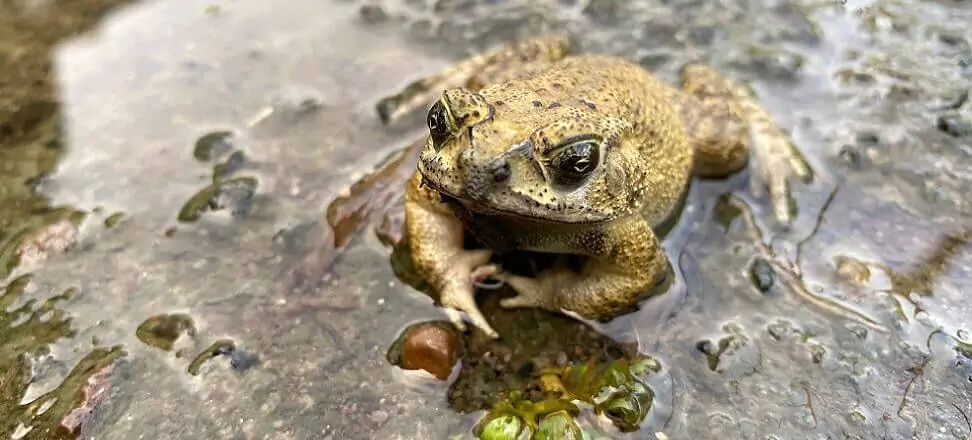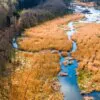News
Spring migrations of amphibians
On March 20 we welcomed astronomical spring, and with it began the timing of the spring migration of amphibians. From mid-March to the end of April, when the temperature rises, amphibians that have hitherto wintered in hard-to-reach places, on river banks in burrows and crevices begin to show increased activity. In the area of rivers, streams and wet habitats, mass migrations of amphibians from wintering sites to feeding and breeding areas are observed.
This is a special moment that should be taken into account when conducting any work in the area of the creeks. It is well known that the protection of amphibians is an important and respected ecological condition in the implementation of projects including rope road projects. In addition, it should be noted that the implementation of works interfering with the banks of rivers, or carried out in the immediate vicinity of watercourses, can disrupt the migration process, lead to the destruction of habitats or even kill amphibians.
The Law on Nature Protection in Art. 52 defines prohibitions that apply to wildlife, including species under species protection. It is strictly forbidden:
- deliberate killing;
- destruction of habitats or refuges that are breeding, rearing of young, resting, migration or foraging areas;
- destroying, removing or damaging nests, anthills, burrows, lairs, feeding grounds, dams, spawning grounds, wintering grounds or other shelters;
- deliberately preventing access to shelters;
- Intentional frightening or disturbing.
The same law also provides for fines or jail time for those who violate prohibitions on plants, animals or fungi and act in violation of regulations for their protection.

 Polski
Polski







